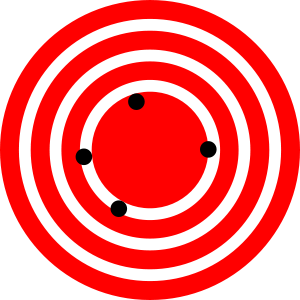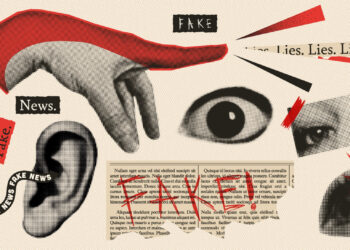
Nate Silver’s celebrity was cemented in the 2012 post-election retrospectives, so a retrospective of his own was most welcome. In a piece published this past weekend on his FiveThirtyEight blog, Silver analyzed the polls and how they stacked up against reality.
His well-informed conclusions say a lot about how the world has changed, and how firms that fail to keep up risk irrelevance:
- Polls that relied on landline phone calling (robocalling, mainly) skewed Republican and were the least accurate. Gallup polls rely on this technique, and proved to be the least accurate of the bunch.
- Polls that relied to a significant degree on in-person calling and included cell phones were among the most accurate, and seemed Democrat-leaning until the results emerged, when their accuracy was confirmed.
- Online polls did surprisingly well if they used random samples. Even those that used volunteer responses (so weren’t randomized) did well enough to match some of the more traditional polls.
The conclusion to Silver’s well-written, engaging, and insightful essay?
Perhaps it won’t be long before Google, not Gallup, is the most trusted name in polling.
Discussion
1 Thought on "Google vs. Gallup — How the 2012 Elections Revealed Weakness in Old-School Polling"



